The stopper is a critical position in soccer formations that feature a stopper. Playing the stopper effectively can mean the difference between winning and losing. This article covers everything you need to know both about and how to play the stopper position.
First, you need to know what your responsibilities are as a stopper. You need to be good at reading the game and anticipating what the other team is going to do. You also need to be strong and agile, so you can win tackles and clear the ball from danger.
What is a Stopper in Soccer?
The stopper is typically a center-back who lines up slightly “in front” of the other defenders. Some refer to stoppers as “pushed-up center backs” and they serve to clean up attacks for the opposing team that breach the central midfield.
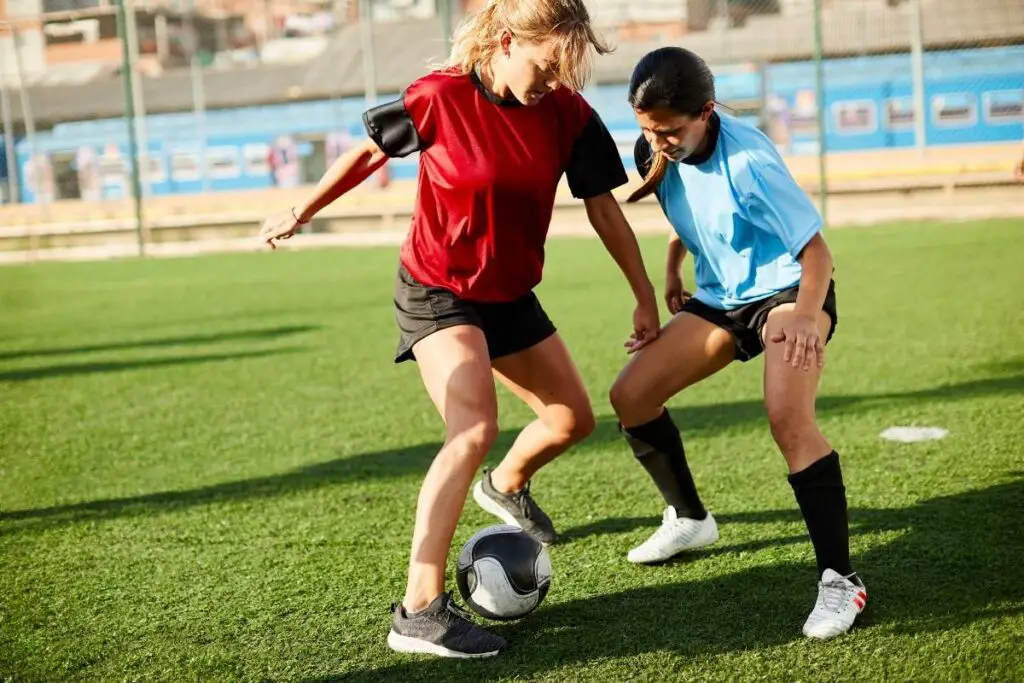
Stoppers act like a center-back/defensive midfielder hybrid who serves as a defensive DMZ enforcer between the midfield and the defensive third of the field.
What Does a Stopper Do in Soccer?
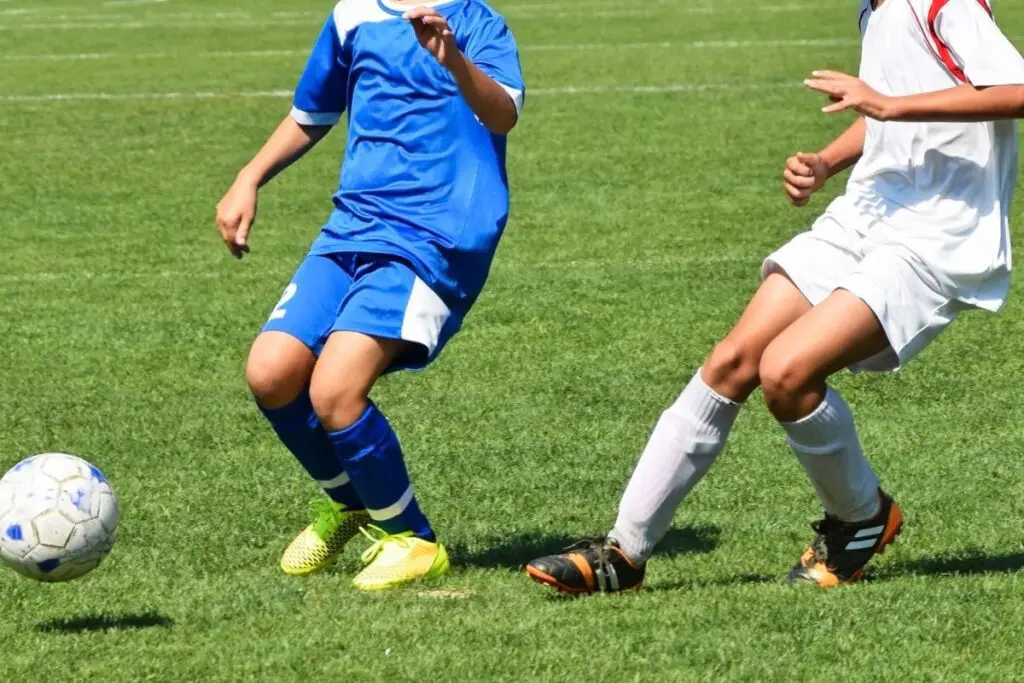
The role of the stopper is to spearhead the defense and prevent the opposing team from penetrating the final third (i.e. the defensive third of the field) and creating scoring chances. Stoppers need to be good at reading the game and anticipating what the other team is going to do. They also need to be able to win tackles and clear the ball from danger.
What Skills Should a Stopper Have in Soccer?
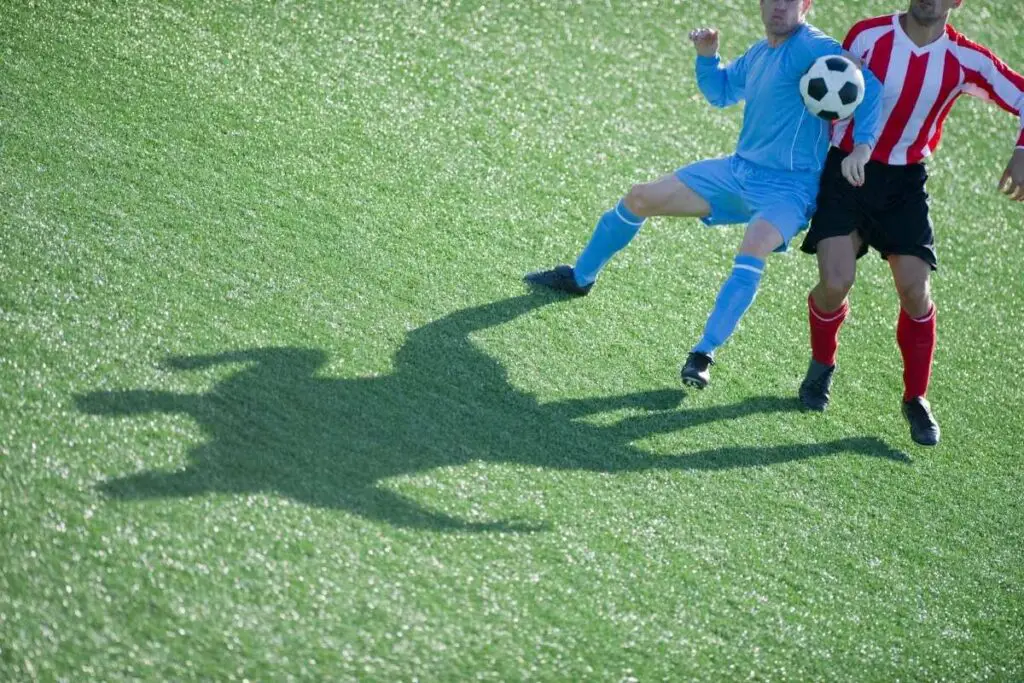
A good stopper should have an excellent reading of the game, anticipation skills, tackling skills, strong ball control skills, and strength. They should be able to position themselves in front of the other defenders and clean up any attacks that breach the midfield.
How to Play Stopper in Soccer
There are a few things you can do to improve your play as a stopper.
First, make sure you are always in good shape.
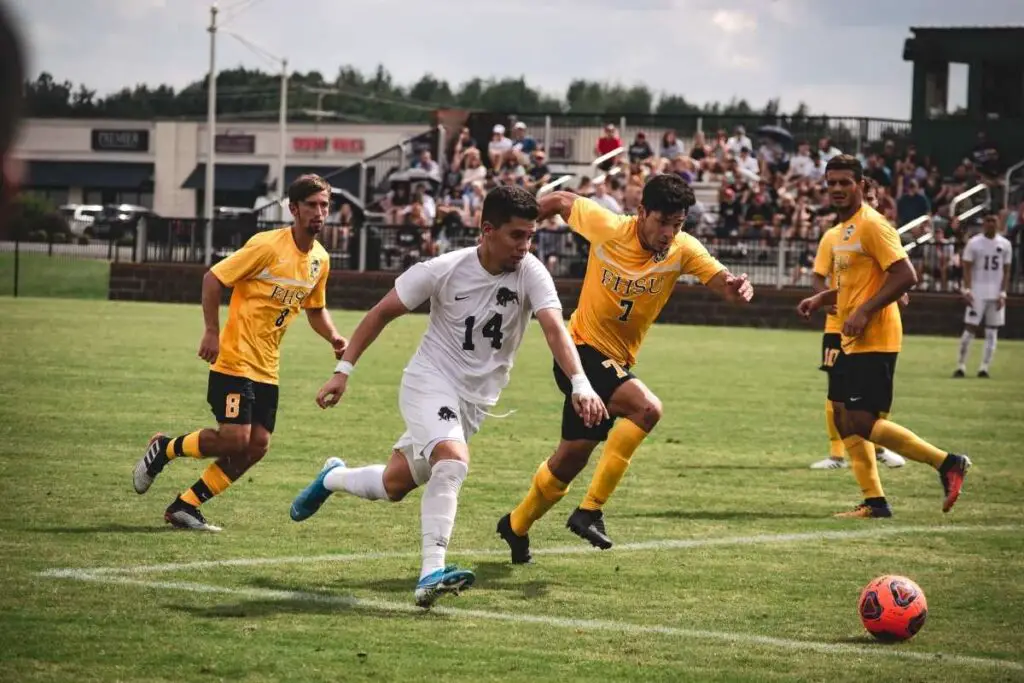
You need to be able to run all over the field, and you need to be strong enough to win tackles. You also need to be agile enough to jump up and head the ball away from danger.
Second, practice reading the game.
Anticipating what the other team is going to do will help you stop them from scoring. When you are not in the game, spend your time on the bench watching the game and analyzing how the other team is moving. Part particular attention to how the opposing team’s attackers are moving and interacting in your defensive third of the field.
You can also watch games and clips on YouTube to gain familiarity with defensive tactics, movement and strategies.
Third, practice your tackling.
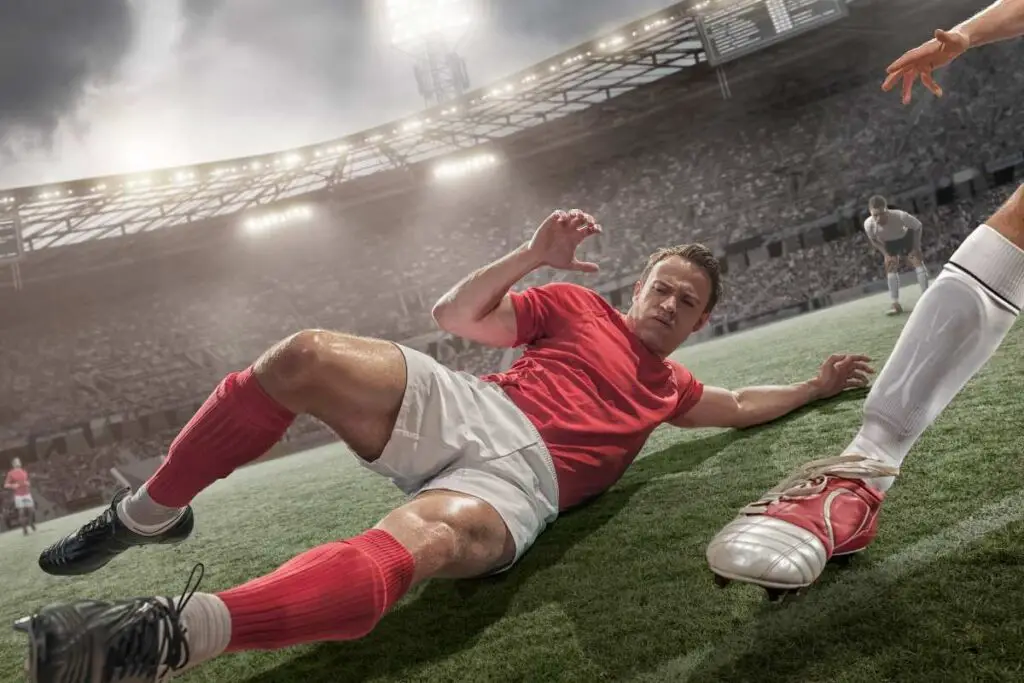
You need to be able to win the ball from the other team and clear it away from danger without fouling. For more information on how to tackle without fouling, check out our Guide to Playing Aggressive Soccer without Fouling.
Fourth, learn how to jump up and head the ball away from danger.
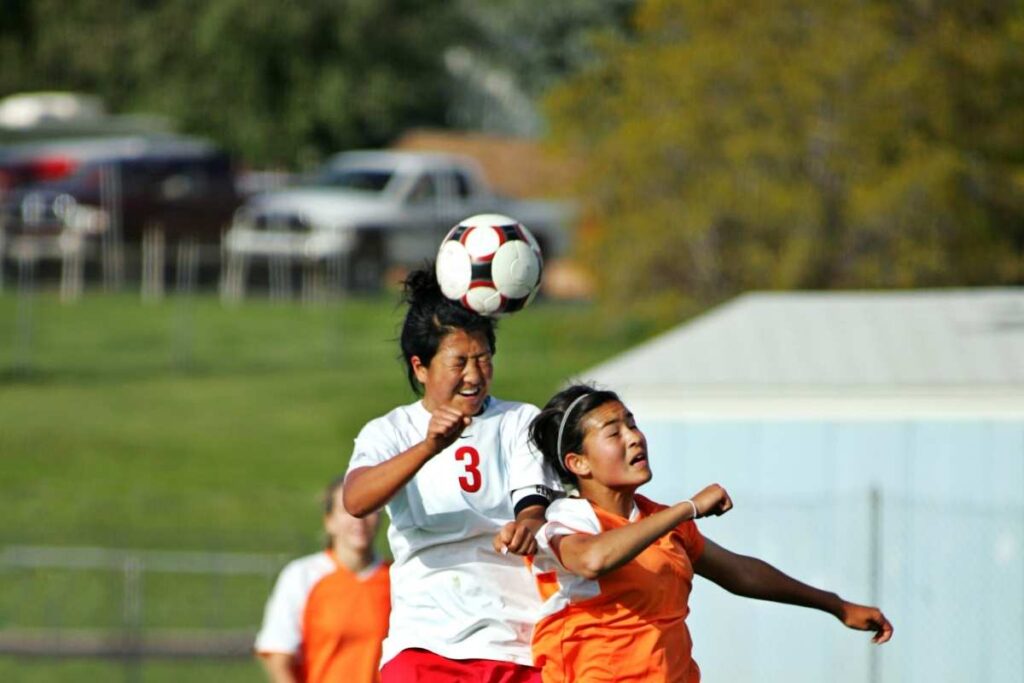
This can be a critical part of playing the stopper position. You must be able to win the ball in the air by heading it both powerfully and accurately. Check out our heading drill in the next section to improve your ball heading skills.
By following these tips, you can improve your play.
What Soccer Drills Should Stoppers Use to Improve
Playing the stopper position in soccer can be difficult, but you can improve your game with the right soccer drills. Below are three drills that will help you become a better stopper:
Drill 1: Backpedal, Trap, and Pass
- Line up the stopper player 5 yards in front of the defensive box
- Have the stopper rapidly backpedal to the top of the defensive box
- Hit a ball to the stopper as they are backpedaling
- The Stopper should trap the ball, control it and make an outlet pass up the wing to a teammate
- Repeat the drill 5 times then rotate in a new stopper
Drill 2: Defensive Headers
- Line up the stopper at the top of the defensive box
- Position a player:
- Ten yards in front of the stopper
- Ten yards to the right of the stopper
- Ten yards to the left of the stopper
- From left to right, have each player loft balls toward the stopper
- The stopper should head the ball away and then pivot to face the next player
- Repeat for five total rounds then rotate in a new stopper
Drill 3: One-on-One Defense
- Line up the stopper at the top of the box
- Line up the attacking player with the ball fifteen yards in front of the stopper
- Set up cones five yards apart running between the stopper and attacker to limit the width of the drill
- Blow the whistle and have the stopper and attacker move toward each other
- Have the stopper attempt to slow down the attackers approach and try to win the ball away from the attacker
What is the Difference Between a Sweeper and a Stopper in Soccer
A sweeper is a player who plays in the back of the defense, and their main job is to protect the goal. Sweepers serve as the last line of defense. A stopper is a player who plays in front of the sweeper, and their main job is to stop threats that break through the midfield toward the defensive third.
What Formations Have a Stopper in Soccer
Any formation that has four defenders in the back can be set up to have a stopper. The four defenders would line up in a diamond formation where the “top” of the diamond is the stopper. In general, the 4-4-2 and the 4-3-3 lend themselves to having a stopper.
Do Professional Soccer Teams Use Stoppers
For the most part, no. Most professional soccer teams use either 2 or 3 center backs in a flat line vs splitting the center backs into stopper/sweeper roles. While professional teams have moved away from using stoppers, usage still remains fairly popular in high school and youth soccer leagues.
Can the 4-4-2 and 4-3-3 Formations Feature a Stopper?
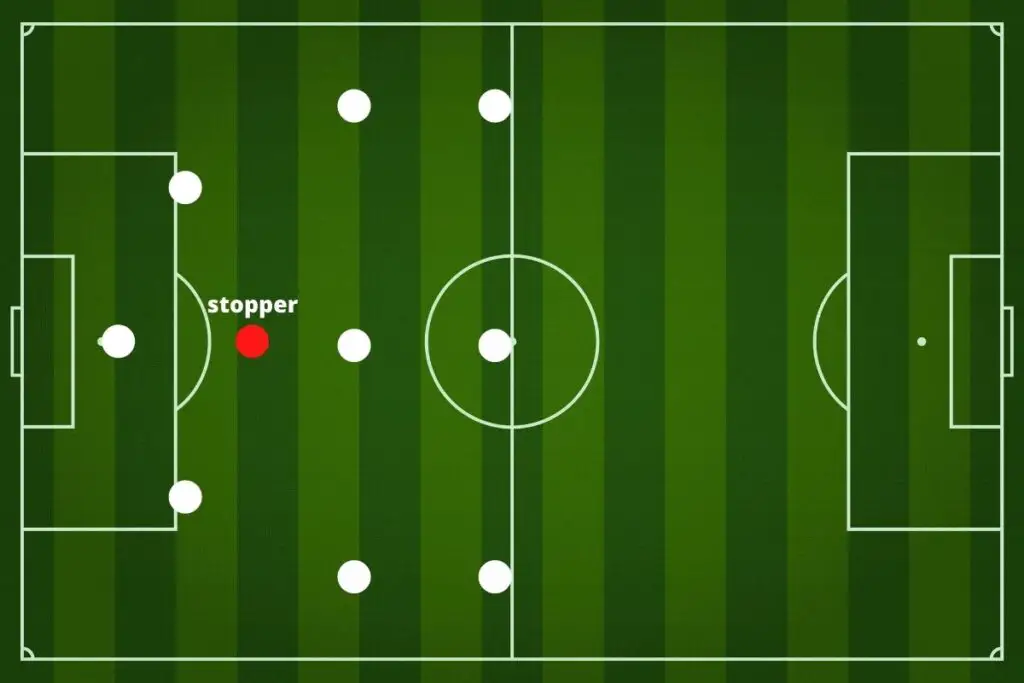
While they don’t typically at the professional level, both the 4-4-2 and 4-3-3 formations can deploy their defensive backline in a diamond formation that would allow for the center backs to be divided into a stopper and a sweeper, respectively.
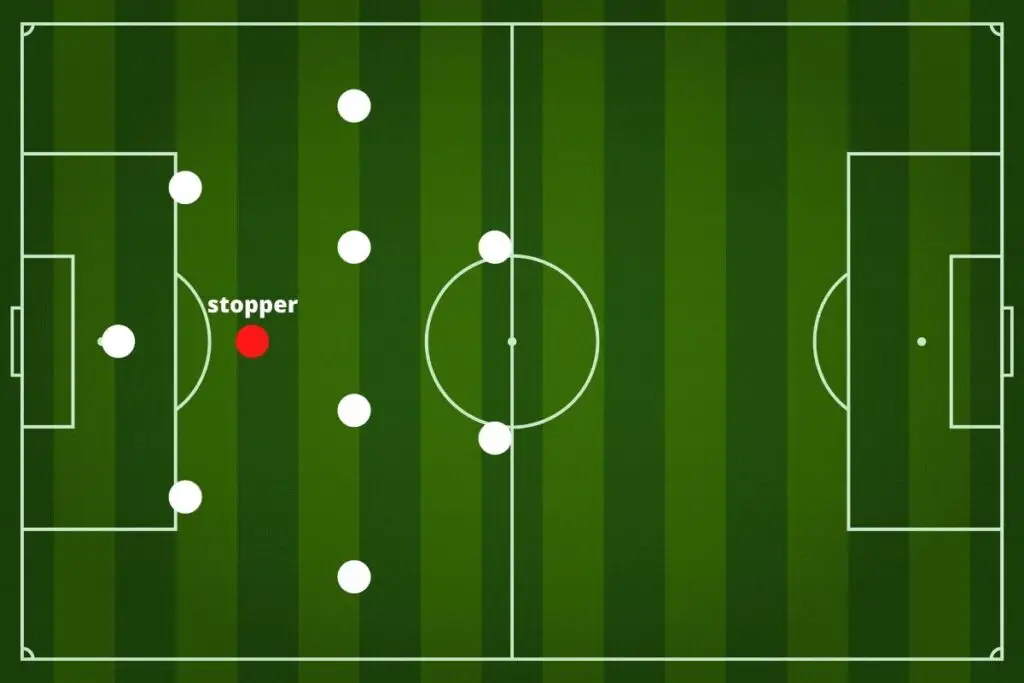
Can the 3-5-2 formation have a stopper?
The short answer is yes. It is possible to push the middle center back in the 3-5-2 forward a bit to serve as a stopper. However, as the 3-5-2 is predominantly a formation used in the professional ranks, the three center backs typically play in a flat line as there are five midfielders to defend the space in front of them.
Soccer Position Guides
| Position | Link to Guide |
|---|---|
| Striker | link |
| False 9 | link |
| Winger | link |
| Defensive Midfielder | link |
| Wingback | link |
| Left back | link |
| Right back | link |
| Stopper | link |
| Sweeper | link |
| Center Back | link |
| Goalkeeper | link |
Sources
https://www.active.com/soccer/articles/4-3-3-team#:~:text=DEFENDERS%20of%20the%204%2D3,respective%20sides%20of%20the%20field.

